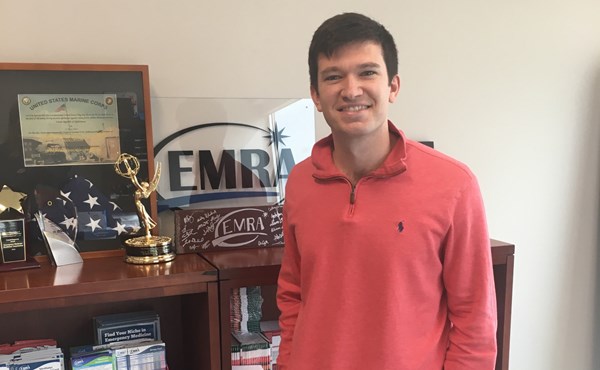Times are changing for EM health policy and reimbursement with the recent shift toward value-based care and away from fee-for-service models. EMRA helps you keep up with the developments that will affect your career.
Currently, the Centers for Medicare & Medicaid Services (CMS) uses the Merit-based Incentive Payment System (MIPS) as the program to evaluate clinicians on quality, cost, improvement activities, and promoting interoperability.
Dependent on performance, these evaluations and scoring on quality measures are used to alter Medicare Part B reimbursements to clinicians by up to 9%. Stakeholders, including physician groups, have noted significant limitations in the MIPS due to the quality measures not being particularly meaningful to individual specialties. As a result, CMS has developed the MIPS Value Pathway (MVP) framework to be implemented in performance year 2022 with aims to:1
- Develop connected meaningful measures for clinicians
- Include measures that are valuable to patients and caregivers
- Include the patient voice
- Reduce barriers to alternative payment model (APM) participation
- Support the transition to digital quality measures.
This acronym soup can quickly become dizzying and difficult to follow, but opportunities through EMRA helped form the foundation of my understanding of these topics and other programs that will inevitably impact our specialty significantly in the coming years.
When in residency, I was fortunate enough to be selected for the EMRA Emergency Medicine Basic Research Skills (EMBRS) Scholarship as well as the EMRA/ACEP Resident-Fellow Health Policy Award in Washington, D.C. Respectively, these opportunities provided me a fundamental understanding of research techniques as well as a "learning of the language" needed.
Recently, as a fellow, I was nominated and selected to lead the ACEP MVP Task Force, assembled to develop an EM-specific MVP that would include meaningful quality measures that EM clinicians should be judged and reimbursed on.
Using those developed skills, the Task Force rapidly gathered feedback from a wide range of clinicians within ACEP and implemented findings into a candidate MVP. While still under review with CMS, the goal of the MVP is to focus on the "bread and butter" complaints we see daily – those being the high-risk undifferentiated complaints of chest pain, abdominal pain, headache, and back pain. Including available quality measures around those complaints will allow EM clinicians to report on measures that are meaningful, while also offering opportunities to identify areas of practice variation ready for improvement.
Lessons Learned
From these unique experiences I've learned a few lessons that I think are translatable to many EM residents trying to find their way and identify their subject niche.
First: If you don't shoot, you can't score. While I was fortunate to be selected for the opportunities listed above, I also have applied for and not been selected for significantly more, including EMRA Health Policy Director. That's OK, other doors will open as a result.
Second: Say yes to opportunities early in your training. You might have a bit of impostor syndrome, but you likely have more time to sink your teeth in and drive a project forward in comparison to several other uber-busy folks.
Third: Do your homework and be prepared. You only get one first impression. Understand what has been written on the topic at hand and by whom.
Finally, and potentially most important: Don't reinvent the wheel. Be strategic and identify those people you respect, and look at their path through CVs, leadership, publications, and service to see how that journey might be adapted to meet your goals. To have impact, don't just think 1 year in advance, but instead think about where you want to be in 10-15 years, and be intentional about your actions today.
References
- Centers for Medicare & Medicaid Services. MIPS Value Pathways. Available at: https://qpp.cms.gov/mips/mips-value-pathways. Accessed February 17, 2021.



